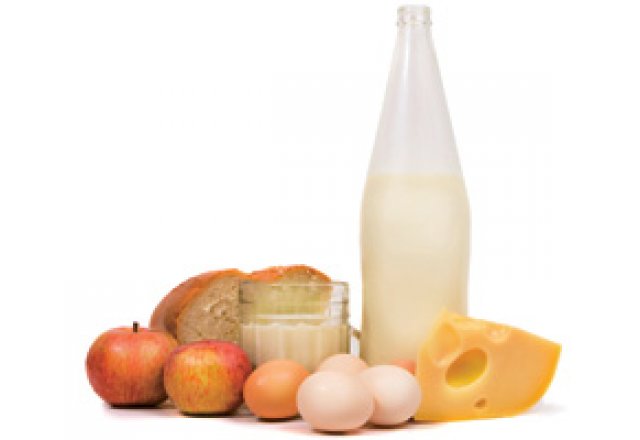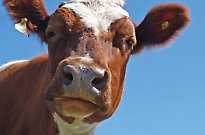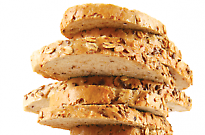
Lactose intolerance

Find out how to manage your diet
Lactose is a sugar found in milk that is broken down to simple sugars by the enzyme lactase to be absorbed and used by the body.
Reduced lactase activity is present in one to 95 per cent of the population and can increase as we get older, leading to lactose intolerance. Symptoms include bloating, stomach cramps, excessive wind and diarrhoea after eating foods that contain dairy products.
Management tips
- Replace cow’s milk with other high calcium products such as lactose-free milk, calcium fortified soy milk, rice or oat milk
- Use a lactase supplement such as liquid drops in your milk
- Eat dairy products such as cheese and yoghurt, which are better tolerated as lactose is broken down in the ageing process of cheese, and the bacteria in yoghurt will help to digest lactose
- Don’t drink milk on an empty stomac
- You may be able to build up your tolerance levels: gradually increase your intake to learn how much you can handle without symptoms
Symptoms of a food intolerance
- Stomach and bowel upsets
- Bloating
- Headaches and migraines
- Wheezing and a runny nose
- Hives
- Generally feeling under the weather
Browse more nutrition tips and stay in touch via the Facebook page!


